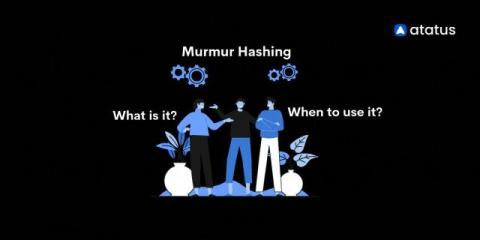Mastering the sed Command in Linux: A Comprehensive Guide
The sed command in Linux is a stream editor and a versatile text-processing tool. It allows users to efficiently transform text by parsing and modifying data from files or input streams. Whether you need to replace words, remove lines, or handle patterns, sed simplifies repetitive tasks and boosts productivity. In this blog, we will explore the basics of sed command, understand its syntax, and share practical examples to show how it makes text processing easier.











